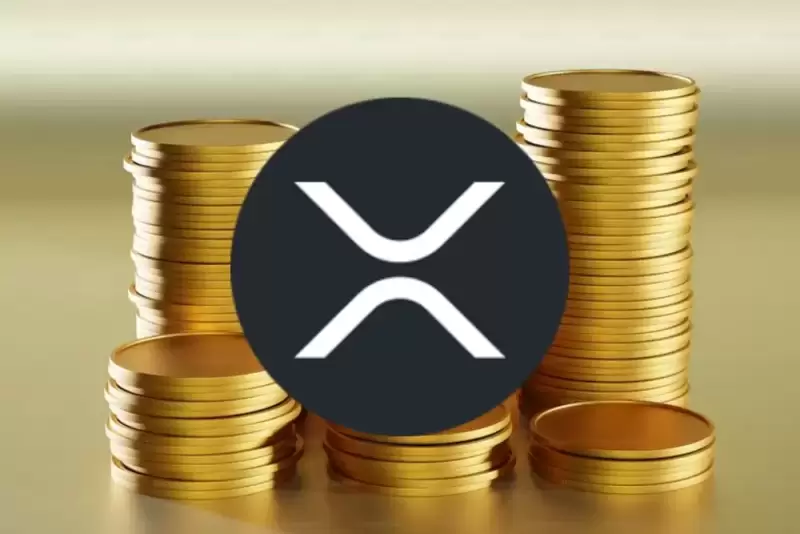 |
|
 |
|
 |
|
 |
|
 |
|
 |
|
 |
|
 |
|
 |
|
 |
|
 |
|
 |
|
 |
|
 |
|
 |
|
"The Fed's preferred inflation gauge came in lower than expected"
The personal consumption expenditures price index (PCE), the Fed's preferred inflation indicator, rose only 0.1% last month and 2.4% year-over-year, both below expectations.
Economists polled by Dow Jones had estimated a 0.2% monthly increase and a 2.5% annual gain.
Meanwhile, the closely followed core PCE price index, which excludes volatile food and energy components, remained unchanged at the 0.2% monthly rate and 1.9% year-over-year. Core inflation was also expected to come in at 0.2% monthly and 1.9% annually.
After the release of the PCE data, U.S. stock futures traded lower on Friday, indicating a continuation of the downturn from the previous session following the Fed's interest rate decision. Dow Jones Industrial Average futures lost 75 points, S&P 500 futures fell 10 points, and Nasdaq 100 futures decreased by 28 points.
On Wednesday, the Fed lowered its benchmark interest rate by another quarter of a percentage point to a target range of 4.25%-4.5%, marking the lowest level in two years. However, Chair Jerome Powell and policymakers reduced their expected path in 2025, now projecting only two reductions from the previous estimate of four.
Moreover, the officials maintained their outlook for the U.S. economy, anticipating a “moderate” expansion this year and next, despite economists cutting their projections for 2024 growth.
The Fed's decision to slow the pace of rate cuts and maintain its economic growth projections surprised economists, who had anticipated a faster reduction in interest rates and a slight downward revision to the GDP outlook.
Following the announcement, both the Dow and S&P 500 closed down by nearly 1%, while the Nasdaq Composite fell by 1.5%.
Despite the smaller-than-expected rate cut and the steeper-than-anticipated path for future reductions, Chair Powell's comments at the subsequent press conference seemed to take some of the sting out of the market’s disappointment with the Fed’s interest rate announcement.
In his remarks, Powell signaled that the outlook for inflation and the labor market had improved since the last meeting, and he expressed optimism that the economy is gradually shifting toward the Fed’s goals of stable prices and maximum employment.
“We are in a different place than we were a few months ago,” Powell said.
After the PCE data, economists at ING noted that the figures largely aligned with expectations and appeared to be largely priced into the market by Friday morning.
“With inflation now clearly decelerating and the labor market still strong, the Fed seems to be slowly guiding the U.S. economy toward a soft landing,” the economists said. “However, we believe that the Fed will need to cut rates by another 50 basis points this year to fully achieve its mandate.”
Disclaimer:info@kdj.com
The information provided is not trading advice. kdj.com does not assume any responsibility for any investments made based on the information provided in this article. Cryptocurrencies are highly volatile and it is highly recommended that you invest with caution after thorough research!
If you believe that the content used on this website infringes your copyright, please contact us immediately (info@kdj.com) and we will delete it promptly.
-

-

-

-

- As market confidence gradually returns in 2025, more attention is shifting toward tokens that not only survived the last cycle but are actively defining what comes next.
- Apr 18, 2025 at 06:05 am
- Ethereum (ETH), Toncoin (TON), and Solana (SOL) are each demonstrating renewed momentum, driven by user adoption, ecosystem maturity, and infrastructure expansion.
-

-

-

-

- Binance is helping governments establish strategic bitcoin reserves and develop regulatory frameworks
- Apr 18, 2025 at 05:55 am
- Richard Teng, CEO of Binance, revealed that the crypto exchange platform is helping several governments establish strategic bitcoin reserves and develop regulatory frameworks.
-





























































